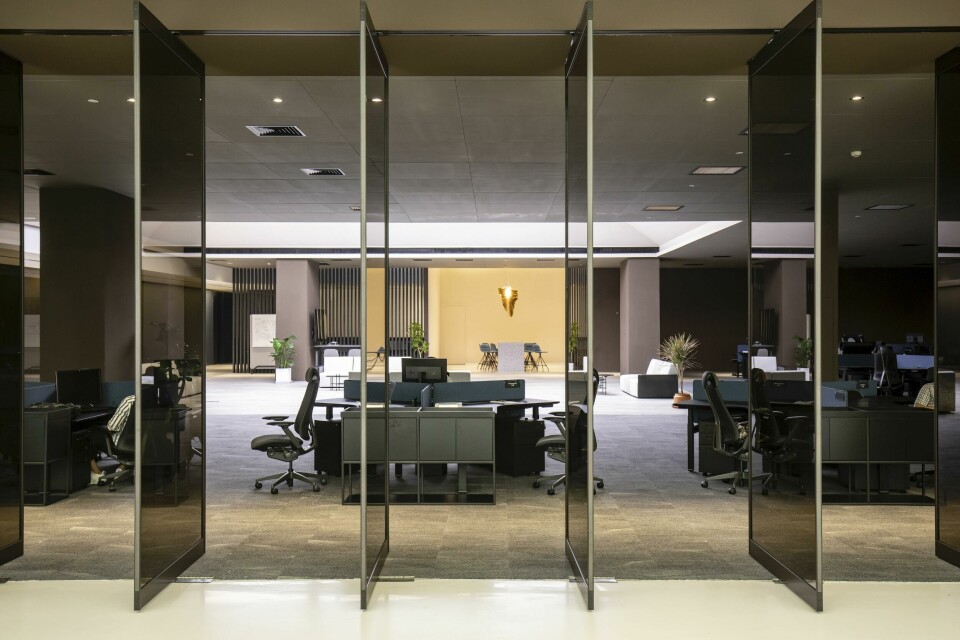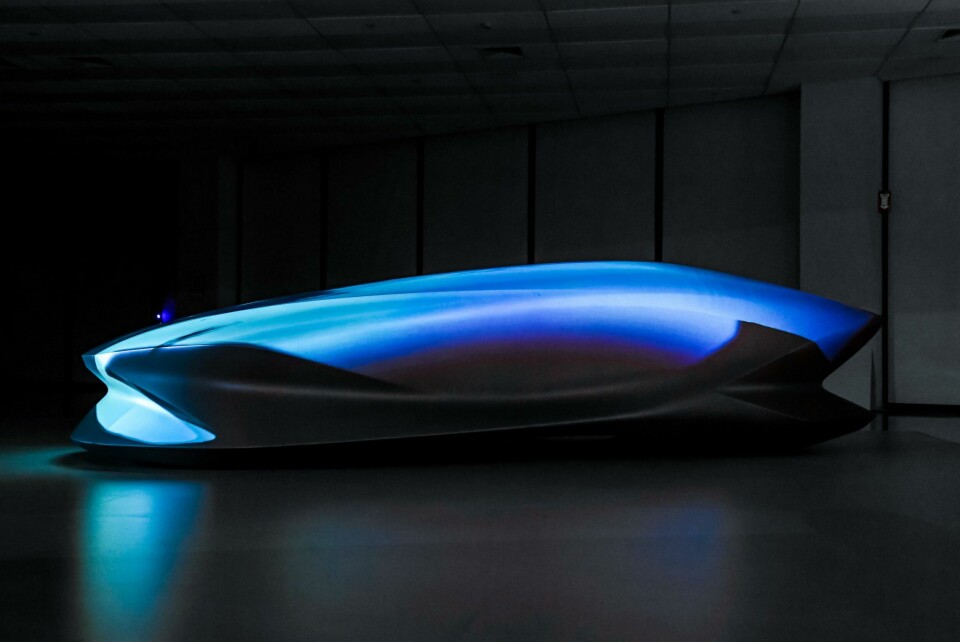
GM’s new Shanghai studio to play a key role in its electrification plans
GM’s newly expanded design studio in Shanghai will likely play a key role in its electrification plans
Early July saw the opening of General Motors’ new design facility in China. The new GM China Advanced Design Center marks a doubling in size and capability over the original centre opened in 2012. Located at GM China’s headquarters in Shanghai’s Pudong New Area, the facility covers 5,000 square metres.
The facility will likely play a key role in GM’s electrification plans. China is already the world’s largest new energy vehicle market, and GM will channel that into the direction of future electric and autonomous vehicles. “Innovation allows us to adopt the best solutions available in a quick and agile way. More important, it will allow us to stay proactive in exploring synergies across the regions, to help us drive the once-in-a-century transformation of our industry,” says Julian Blissett, GM executive vice president and president of GM China.
To commemorate the opening of the upgraded Advanced Design Center GM unveiled Perceive. Created in cooperation with Jiayu Liu, a well-known new media artist, it is a multimedia sculpture expressing the future of transportation via the multidimensional interpretation of sound, light and shadow.

General Motors has always been a pioneer of design in China. 1997 (the same year that the Shanghai GM joint venture was established) saw the creation of PATAC (Pan Asia Technical Automotive Center), focussed on design and engineering. As the first JV to create a design centre in China, PATAC contributed to many of the early products localised for China, including the second-generation Chevrolet Sail.
“The GM China Advanced Design Center focuses more on GM’s global programmes and the exploration of advanced mobility, while PATAC Design pays more attention to programmes prioritised for the Chinese market,” says Harry Sze, design director at China Advanced Design Studio, explaining how the facilities work together and fit in to GM’s global design network.
Today Shanghai is home to more auto design studios than any other city in the world. “This incredibly competitive landscape is redefining traditional boundaries and elevating the importance of user experience as well as styling,” says Ken Parkinson, GM China vice president of design. The greatest resource is the team of local designers of whom a new generation of local designers work together with global peers. “Its mission is to be the voice of China,” adds Parkinson mentioning how that it enables China’s needs to be taken into account in the development of global designs. With China being GM largest market the facility has a big role in making GM’s vision of zero crashes, zero emissions and zero congestion a reality.
Along with doubling the floor area, the new studio also doubles key facilities such as the clay milling platforms – there are now two full sized platforms. There is also a CMF studio, a head-mounted-display (HMD) immersive virtual reality studio, multiple state-of-the-art virtual review spaces, an open and adaptive studio space, along with a protected viewing area. “It is one of the few multinational automotive design centers in China that cover the full range of design development functions, including advanced research, concept innovation and creative design, digital design, virtual reality and immersive technology applications, physical model making and design verification,” says Sze.
Spread over one level, the facility has a strikingly open concept and use of space. Key to this is the atrium which is inspired by light and time. “The atrium is the central area that brings people together, to encourage collaboration between design and other functions such as engineering, marketing and strategy. It’s a collaborative space that feels different, natural and inspiring,” says Sze. Aiding the design process the atrium can vary colour temperatures.
Furthering the openness and collaborative nature of the space, there are 27 floor-to-ceiling rotating glass doors between the central creative design space and the clay milling area. “Our overall interior tone is desaturated neutral colours like beige, brown and warm grey combined with natural materials like terrazzo and walnut wood. We want our people to feel calm and comfortable, not overwhelmed by the excessive design and decors, and more important, not to be distracted when we need concentration,” adds Sze.
One of the key roles of the studio will be to dig deeper into what drives consumer preferences particularly when it comes to the unique requirements of the Chinese market. With young tech savvy customers in China driving the direction, the studio can meet this challenge with a new generation of local designers. The facilities enable this through an integration of both the traditional and the cutting edge. It leverages the Ultium battery system and Vehicle Intelligence Platform (VIP) to give designers a blank canvas for creating new EVs.
Sze and his team recently spoke at the Car Design Dialogues event, where they beamed in live from the studio in Shanghai.







